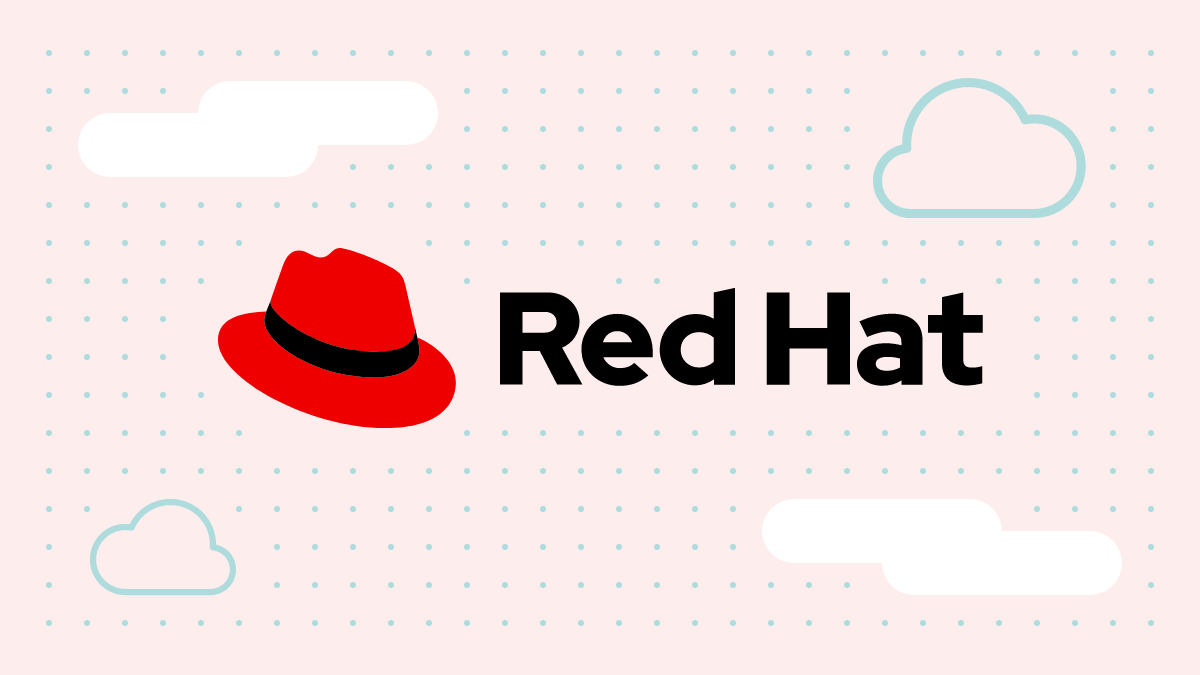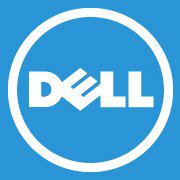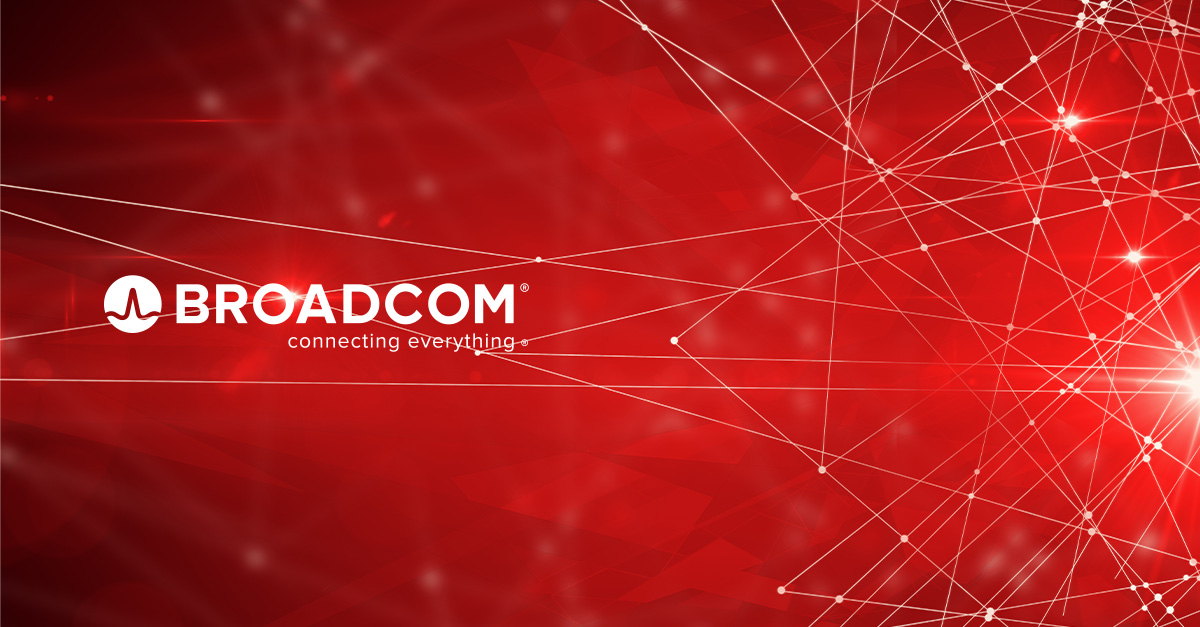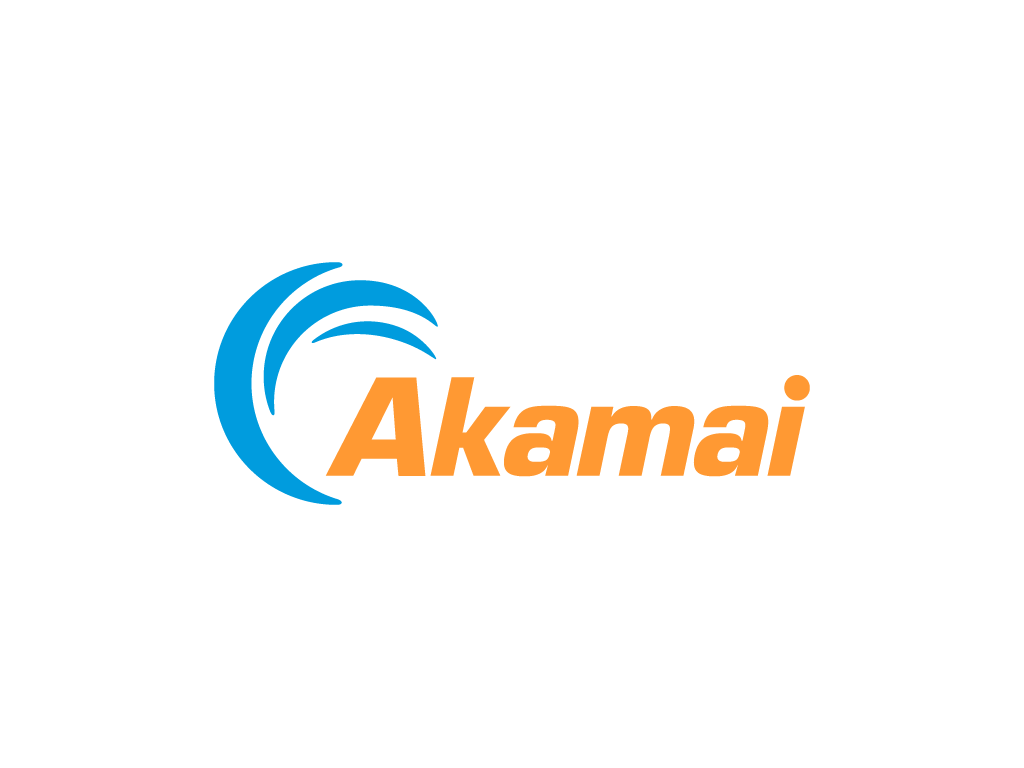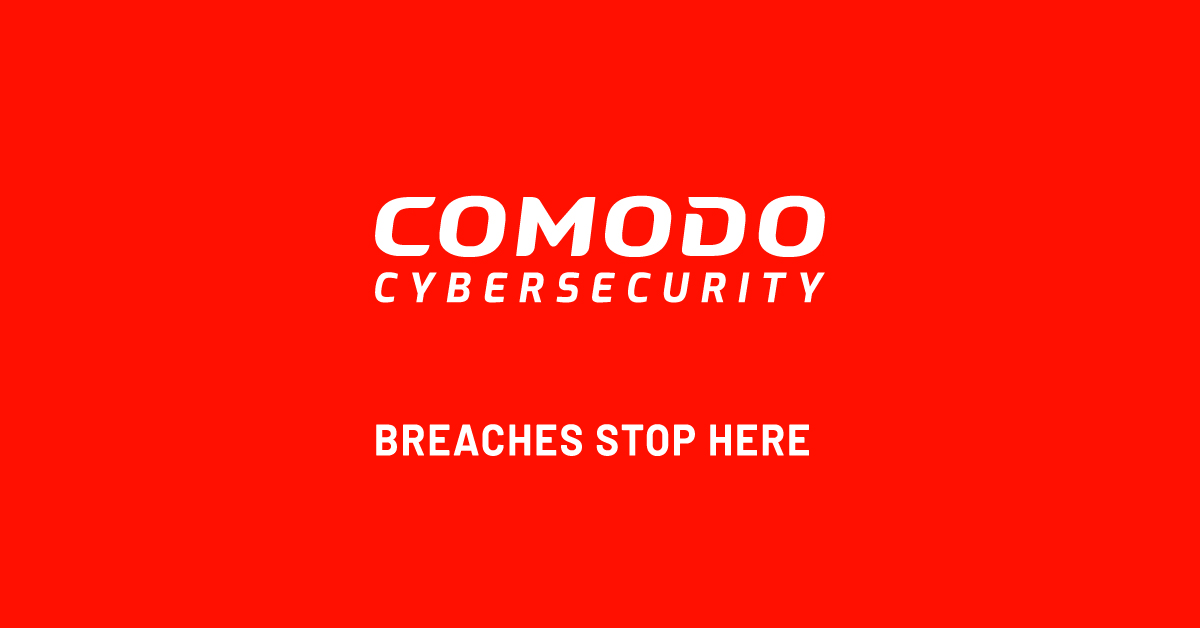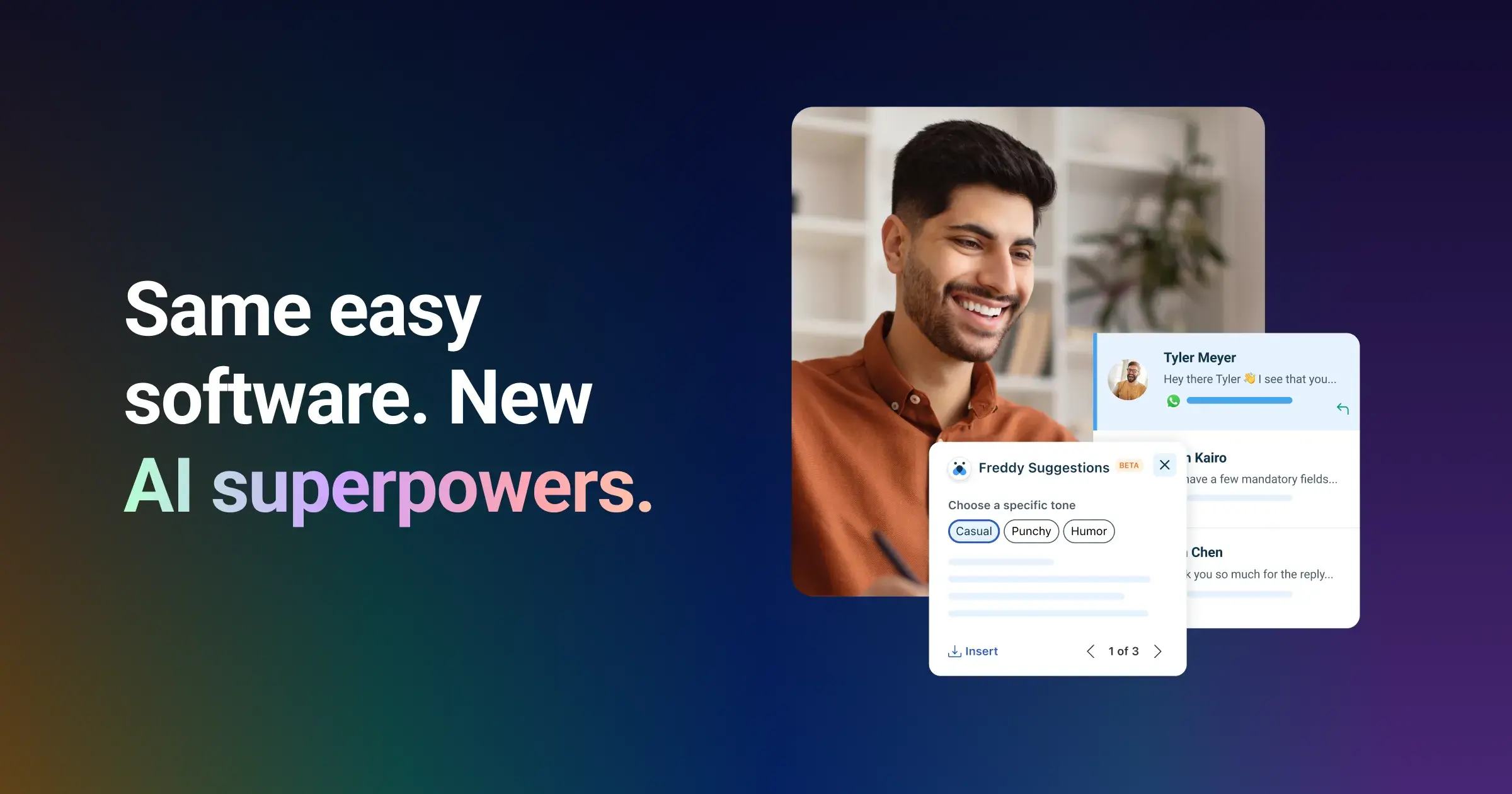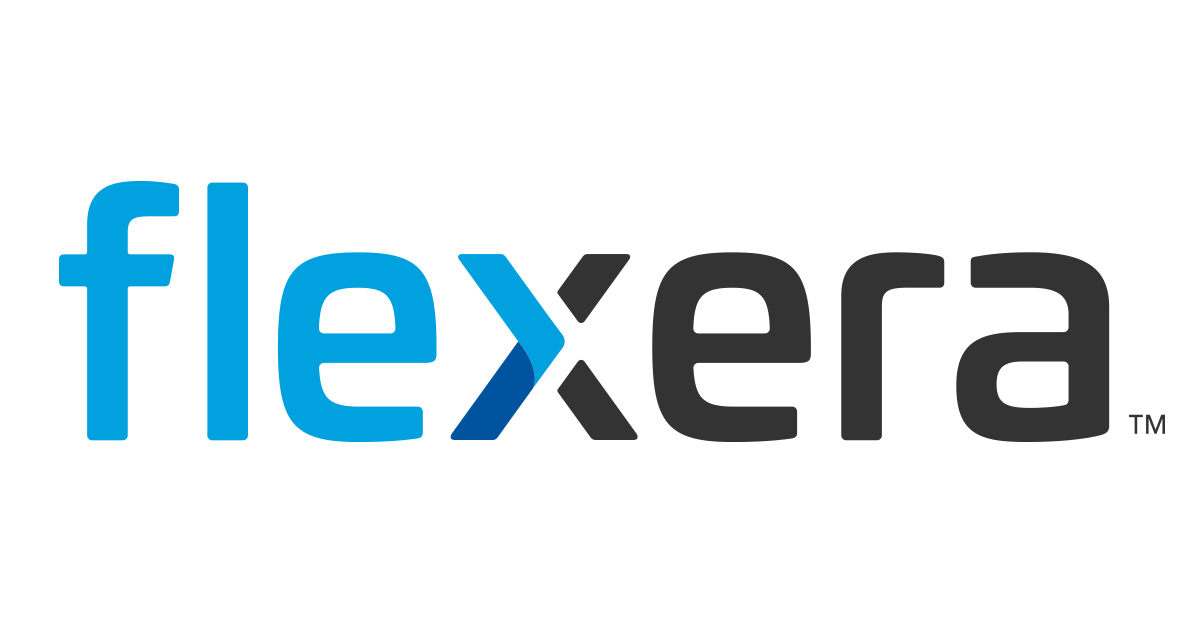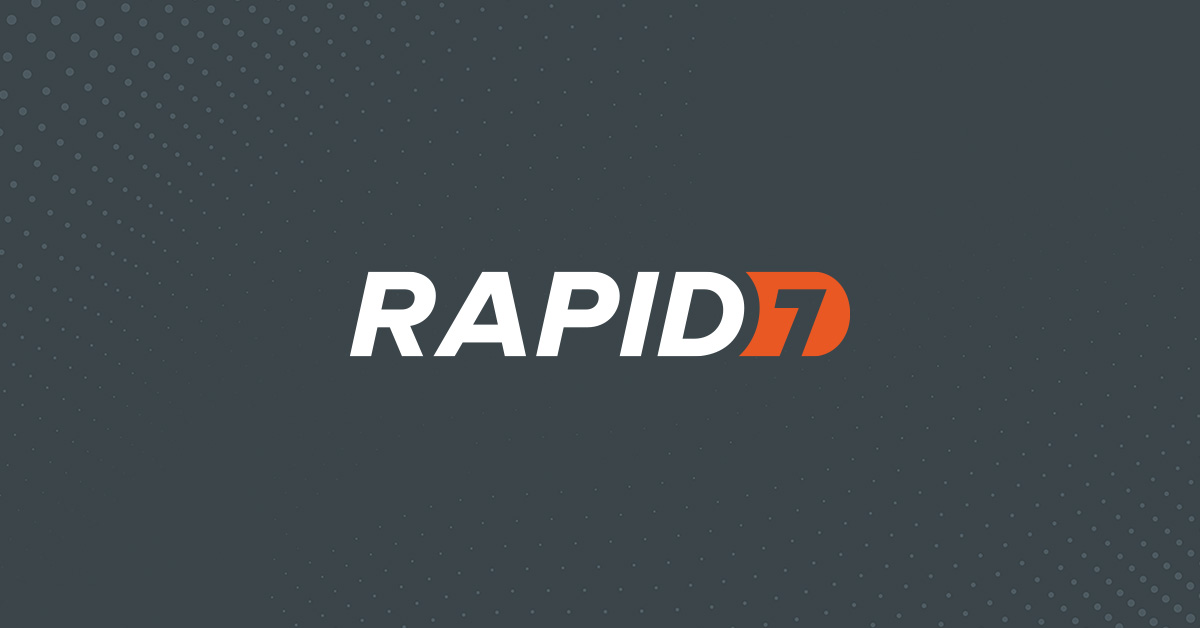Introduction
Patch management is a critical component of any organization’s security strategy. Maintaining updated systems helps protect against known vulnerabilities and reduce the risk of data breaches. With a vast array of patch management solutions available today, choosing the right one can be overwhelming. This guide evaluates the top 15 options and considers key criteria to help you find the best fit.
Methods of Evaluation
To evaluate these solutions, we considered several conventional factors like patching capabilities, platform support, automation, reporting and compliance features. However, we also took into account modern ranking signals like the number of backlinks, average monthly traffic and keyword search trends to identify the most authoritative and popular options. This holistic approach provides a more comprehensive view of the true leaders in the patch management space.
1. IBM BigFix
IBM BigFix is an endpoint management and security solution that allows for centralized patch management across various operating systems and platforms. BigFix has been developed by IBM since its acquisition of Hursley Company in 2010 and has over 25 years of experience in vulnerability management and patching technology.
Pros: Some of the key advantages of IBM BigFix include:
– Wide platform support including Windows, macOS, Linux, UNIX & more
– Out-of-band and third-party patching capabilities
– Endpoint detection and remediation capabilities
– Automated patch deployment and installation
Cons: One potential disadvantage is that BigFix requires agent software to be installed on endpoints which can impact system resources. However, IBM has optimized the agent to have minimal impact.
Pricing: IBM BigFix pricing varies based on the number of managed devices. It has various licensing options including perpetual licenses and flexible subscription plans starting from $2.50/endpoint/month.
Some key stats about IBM BigFix include:
– Supports patching and management of over 20 different operating systems including Windows, macOS, Linux, UNIX, IBM i and more.
– Manages patches for over 115,000 applications.
– Used by over 4,300 customers globally across various industries.
2. Red Hat
Red Hat is the world’s leading provider of open source solutions, including their flagship Red Hat Enterprise Linux operating system. As the originator of Red Hat Enterprise Linux, Red Hat has patching capabilities built directly into the OS. Red Hat also offers additional tools and services to help manage patching across heterogeneous environments.
Pros: Key advantages of Red Hat’s patching solution include:
– Its patching is integrated directly into Red Hat Enterprise Linux for a seamless experience.
– Offers automated and scalable patching that can handle large enterprise environments.
– Robust security capabilities including vulnerability scanning and automatic remediation.
Cons: One potential disadvantage is that Red Hat’s solutions are generally more expensive than some other open source options due to its focus on large enterprises.
Pricing: Red Hat offers both perpetual licenses and subscription-based support plans for its patching and management tools. Pricing varies based on the size of the environment but generally starts at around $3500/year for a small environment of up to 16 servers.
Some key stats about Red Hat’s patching capabilities include:
– Can patch thousands of systems simultaneously through its automated capabilities.
– Scans for vulnerabilities across Red Hat Enterprise Linux, Windows, and other operating systems.
– Provides 10 years of guaranteed bug and security fixes for each Red Hat Enterprise Linux version.
3. Kace Systems Management Suite
Kace Systems Management Suite is a highly rated patch management and asset management solution developed by Dell Technologies. It provides automated patch deployment, software distribution and asset inventory capabilities to help organizations streamline software asset and vulnerability management workflows.
Pros: Some of the key advantages of Kace Systems Management Suite include:
– Patch management, asset management and software distribution functionalities in a single console
– Automated patch deployment with zero-touch capabilities to reduce manual effort
– Robust reporting and compliance checking features to monitor patch compliance
– Support for Windows, Mac and Linux allows management of mixed environments
Cons: One potential disadvantage is that the product is best suited for medium to large organizations due to its pricing which includes asset based licensing. Some smaller businesses may find alternative free and open source options more affordable.
Pricing: Kace Systems Management Suite pricing is asset based, with the cost varying based on the number of managed devices. The exact pricing is available by contacting Dell sales representatives. There are also recurring annual maintenance fees to factor in the total long term cost of ownership.
Some key stats and facts about Kace Systems Management Suite include:Supports patching and management of over 20 different operating systems including Windows, MacOS, Linux and more. Manages patches and software updates for over 55,000 applications. Provides automated patch deployment to eliminate manual patching tasks. Supports patching of both on-premise and cloud-based server environments.
4. Symantec Endpoint Protection
Symantec Endpoint Protection, formerly known as Symantec antivirus, is an endpoint security software developed by Symantec. It provides next-generation antivirus protection, vulnerability assessment, and patch management capabilities. Symantec Endpoint Protection helps secure endpoints from cyber threats like malware, ransomware, and exploits.
Pros: Key advantages of Symantec Endpoint Protection include:
– Next-gen antivirus with patching capabilities
– Automated deployments across Windows & Mac
– Visibility into vulnerabilities from a single pane
– Integration with other Symantec tools like Data Loss Prevention and Firewall
Cons: One potential disadvantage is that the user interface can sometimes feel outdated or cluttered compared to some competitors’ solutions.
Pricing: Pricing for Symantec Endpoint Protection depends on the number of endpoints to be protected and additional services. Annual subscription licenses start at around $40 per endpoint.
Some key stats about Symantec Endpoint Protection include:
– Protects over 50 million endpoints worldwide
– Over 30 years of experience in endpoint security
– Integration with a wide range of Symantec security solutions
5. Broadcom
Broadcom Patch Management is an enterprise patch management solution from Broadcom, previously known as Symantec and CA Technologies. Leveraging years of experience in vulnerability management and compliance from Symantec and CA products, Broadcom Patch Management offers comprehensive discovery, prioritization and remediation of vulnerabilities across heterogeneous IT environments.
Pros: Key advantages of Broadcom Patch Management include:
– Enterprise-grade vulnerability management and compliance capabilities through Symantec and CA products.
– Comprehensive discovery, prioritization, and remediation of vulnerabilities.
– Integration with prominent GRC platforms.
Cons: A potential disadvantage is that Broadcom Patch Management is more suited for large enterprise environments due to its pricing and capabilities aimed at managing hundreds or thousands of systems.
Pricing: Broadcom Patch Management pricing is based on the number of systems/endpoints to be managed. It has various subscription tiers starting from $20 per system for up to 250 systems and reducing per system pricing as the number of systems increase.
Some key stats about Broadcom Patch Management include:
– Manages patches for over 550 applications across Windows, Linux, UNIX, macOS, and third-party applications.
– Supports discovery and patching of over 150,000 systems.
– Integrates with prominent GRC platforms like ServiceNow, BMC Remedyforce, and IBM Maximo.
6. Sophos Central Endpoint
Sophos Central Endpoint, formerly known as Sophos Endpoint, is a leading endpoint protection and response solution from Sophos. It provides organizations with unified, cloud-managed endpoint detection and response (EDR), endpoint protection (EPP) and patch management capabilities to protect against the latest threats.
Pros: Some key advantages of Sophos Central Endpoint include:
– EDR and EPP capabilities with integrated patch management for detection and remediation of threats
– Cloud-managed detection and protection for centralized visibility and control
– Automated patching across Windows, Mac, and Linux endpoints to improve security posture
– Vulnerability monitoring and compliance reporting to assess patch status
Cons: One potential disadvantage is that Sophos Central Endpoint is a more full-featured and complex solution compared to some simpler endpoint protection products. This means there is a learning curve for administrators to become familiar with all of its advanced capabilities.
Pricing: Sophos Central Endpoint pricing starts at $45 per endpoint per year for the Essential edition. The Premium edition starts at $60 per endpoint per year. Both include cloud-based management, detection and automated responses. Additional premium add-ons such as Mobile, Server, Firewall and more are also available.
Some key stats about Sophos Central Endpoint include:
– Protects over 105 million endpoints globally
– Monitors over 1.4 billion events per day
– Evaluates over 500 million files per day using deep learning
– Has over 30 years of experience in endpoint security
7. Avast Business Patch Management
Avast Business Patch Management is a cloud-based patch management solution from security leader Avast. It provides automated patch deployment and compliance reporting to help small and medium-sized businesses quickly and easily keep their Windows environments up-to-date.
Pros: Key advantages of Avast Business Patch Management include: Simplified web-based console for small businesses; Automated patch scans & deployment for Windows; Compliance reporting on patch installation;
Cons: The key disadvantage is that it only supports Windows patching and does not support patch management for other operating systems like Linux or macOS.
Pricing: Avast Business Patch Management pricing starts at $99 per year for up to 25 Windows endpoints, with additional endpoint tiers also available. It has an affordable SaaS-based pricing model well suited to small business budgets.
Some key stats about Avast Business Patch Management include: Automatically scans for missing patches across Windows environments; Deploys critical and optional updates with a single click; Provides compliance reports to demonstrate patch installation progress;
8. BlackBerry Software Patches
BlackBerry Software Patches, formerly known as Cylance Patch Management, is BlackBerry’s patch management software. It provides automated patch assessment, deployment and compliance reporting across endpoints, servers and virtual platforms. A single agent allows centralized visibility and control of patching activity across heterogeneous environments.
Pros: Key advantages of BlackBerry Software Patches include:
– Single agent for endpoint, server and virtual platforms
– Centralized dashboard with real-time status of patching across the enterprise
– Automated patch prioritization and deployment based on risk
– Support for a wide range of over 250 vendors and applications
Cons: One potential disadvantage is that the centralized management and single agent approach may not be suitable for very large and complex environments with strict change control policies.
Pricing: BlackBerry Software Patches pricing is based on the number of endpoints under management. Contact BlackBerry sales for an exact quote tailored to your organization’s needs.
Some key stats about BlackBerry Software Patches include:
– Supports over 250 applications and vendors including Windows, Linux, macOS, VMware, Oracle, Cisco, etc.
– Centrally manage patching for over 250,000 endpoints worldwide
– Deploys patches to clients in under 5 minutes on average
9. Akamai
Akamai is a leading cloud service provider that helps businesses optimize and secure their online presence. Founded in 1998, Akamai now operates one of the largest content delivery networks (CDNs) in the world, with servers located in over 130 countries. In addition to CDN services, Akamai also offers web application and API protection, DDoS mitigation, edge compute capabilities, and managed DNS. Their patch management software is a robust solution for centrally managing software updates across distributed enterprise environments.
Pros: Some key advantages of Akamai’s patch management software include:
– Centralized visibility and control over patching activities across on-premises, cloud, and hybrid environments.
– Automated deployment of patches with customizable deployment schedules and approval workflows.
– Comprehensive vulnerability assessment and prioritization based on risk level.
– Integration with other network access control and endpoint security tools.
Cons: As an all-in-one solution from a large vendor, Akamai’s patch management software may be overkill and expensive for some smaller organizations. The pricing is also not publicly disclosed.
Pricing: Akamai does not publicly disclose pricing for its patch management solution. However, as an enterprise software offering from a major cloud provider, customers can expect it to be licensed based on number of managed assets and support/maintenance costs to start at tens of thousands of dollars per year.
Some key stats about Akamai’s patch management capabilities include:
– Supports over 25,000 applications from over 1,000 vendors.
– Can scan over 100,000 endpoints per hour.
– Provides visibility into patch compliance for over 500 common vulnerabilities and exposures (CVEs).
– Offers agentless scanning for Unix, Linux, and network devices.
10. COMODO ONE
COMODO ONE is an all-in-one endpoint security platform that provides users with integrated vulnerability management, patching, risk-based prioritization and automation as well as central policy and configuration management. It helps protect businesses from evolving cyber threats with its advanced protection, detection and response capabilities.
Pros: Some key advantages of COMODO ONE include:
– All-in-one platform for endpoint security, vulnerability management and patching
– Risk-based prioritization helps focus resources on the biggest threats first
– Automated workflows improve efficiency and reduce cybersecurity costs and burden on IT teams
Cons: A potential disadvantage is that as an all-in-one platform, it may be more expensive than point solutions for individual cybersecurity needs like antivirus alone.
Pricing: COMODO ONE pricing is based on the number of endpoints under management. It offers flexible subscription plans starting from $2.50 per endpoint per month for annual plans. Volume discounts are also available for larger deployments.
Some key stats about COMODO ONE include:
– Protects over 50,000 customers globally across a wide range of industries
– Monitors and manages over 25 million endpoints
– Ranks in the Leader quadrant of the Gartner Magic Quadrant for Endpoint Protection Platforms
11. Micro Focus Server Automation
Micro Focus Server Automation, formerly known as Micro Focus Server Automation, is a unified configuration, patch and compliance management platform from Micro Focus. It provides IT administrators with centralized visibility and control over their infrastructure including servers, desktops, networking devices and more across physical, virtual and cloud environments.
Pros: Key advantages of Micro Focus Server Automation include its abilities for automated software deployments and vulnerability remediation, centralized role-based access control, configuration, patch and compliance management capabilities across heterogeneous IT environments.
Cons: A potential disadvantage is that the platform requires dedicated resources for deployment and management which can increase operational costs depending on the infrastructure size.
Pricing: Micro Focus Server Automation pricing is based on the number of managed nodes. It offers perpetual and subscription licensing options. Contact Micro Focus or an authorized reseller for a customized quote tailored to your specific environment and needs.
Some key stats about Micro Focus Server Automation include: supports management of over 500,000 nodes; deployments to over 20,000 customers worldwide; supports patching and deployment to Windows, Linux, network devices and more operating systems and platforms.
12. Freshworks ITSM
Freshworks ITSM is a modern IT service management tool that helps organizations improve technology support and ensure systems are secure and compliant. One of its key capabilities is integrated patch management functionality to assess, deploy, and report on critical software updates.
Pros: Key advantages of Freshworks ITSM’s patch management include:
– Integrated workflows to ticket and track patch rollout processes
– Vulnerability assessments that identify missing patches
– Automated patch deployment to save time and ensure compliance
– Robust reporting on patch compliance levels across the environments
Cons: A potential disadvantage is that the patch management module requires additional licensing beyond the basic ITSM platform, increasing the overall cost of ownership for some organizations.
Pricing: Freshworks ITSM is available in three pricing tiers – Standard, Professional and Enterprise. Pricing starts at $8 per user/month for the Standard plan. Additional modules like patch management require separate licensing fees on top of the base platform costs.
Some key stats about Freshworks ITSM’s patch management capabilities include:
– Over 5000 companies use its patch management module
– Assesses over 1 million vulnerabilities per month
– Automates patch deployment for over 500,000 devices
13. Red Hat Ansible Automation Platform
Red Hat Ansible Automation Platform, formerly known as Ansible, is an open-source IT automation tool developed by Red Hat. It allows users to automate application deployments, IT task automation, configuration management, and inter-service orchestration through simple YAML files called playbooks. Ansible communicates with managed nodes (servers, network devices, etc.) using SSH and does not require any agents to be installed on managed nodes.
Pros: Some key advantages of Red Hat Ansible Automation Platform include: Agentless approach makes it easy to automate any operating system or device. Simple YAML playbooks are easy to write, read and maintain. Idempotent design ensures configurations are always in the desired state. Increased visibility into infrastructure with reporting on configurations and changes. Integrates with other tools like Jenkins, Terraform, Puppet, etc.
Cons: One potential disadvantage is that since it relies on SSH, access may be blocked on tightly secured networks. Also, unlike agent-based tools, it does not have an always-on connection to continuously manage configs on nodes.
Pricing: Red Hat Ansible Automation Platform has various pricing options – an open-source community edition is free to use. Subscription plans for the commercial version start at $499 per year for 1-10 nodes and go up based on number of nodes and support required.
Some key stats about Red Hat Ansible Automation Platform include: Supports Windows, Linux, macOS, network devices and cloud platforms like AWS, Azure, GCP, etc. Used by over 80,000 companies globally like Samsung, eBay, and GE. Has over 3,000 modules for automating various tasks. Used to automate and configure millions of nodes worldwide. Has an active community of over 22,000 members.
14. Flexera
Flexera offers Patch Management as part of its widely used FlexNet Manager Suite. FlexNet Manager Suite is a comprehensive IT management platform that helps organizations gain visibility and control over their software usage and licensing. The platform provides robust software license optimization, application usage analytics, and automated software delivery capabilities.
Pros: The key advantages of Flexera’s patch management solution include:
– Comprehensive visibility into licensed application patching status across all environments
– Automated application of security patches and updates for a wide range of applications
– Centrally managed patching schedule helps ensure compliance
– Integration with FlexNet Manager Suite’s license optimization provides insights on effect ofpatches on license position
Cons: The main disadvantage is that Flexera’s patch management capabilities are only available as part of the broader FlexNet Manager Suite platform. Customers need to license the entire platform to take advantage of the patch functionality.
Pricing: Pricing for FlexNet Manager Suite is based on the number of managed devices/users. An Enterprise license covering 5000 devices starts at $150,000. Additional devices can be added in increments of 1000 at $30,000 per increment. Annual maintenance is 20% of license fee.
Some key stats about Flexera’s patch management capabilities include:
– Manages patching for over 25,000 applications across Windows, Linux, macOS
– Patches over 150 million endpoints annually
– 98% first time patch success rate
– Automated patching reduces time spent managing patches by up to 90%
15. Nexpose by Rapid7
Nexpose by Rapid7 is one of the leading patch management and vulnerability scanning solutions on the market. Rapid7 helps organizations discover security vulnerabilities, prioritize risks, and automate patching to remediate issues faster. The platform offers continuous vulnerability monitoring, asset discovery, compliance auditing, and integration with various patch management systems.
Pros: Main advantages of Nexpose by Rapid7 include vulnerability scanning and management, PCI compliance auditing, asset discovery and risk mapping, and patch management integrations. It allows businesses to identify vulnerabilities across their network, applications, and cloud infrastructure, check compliance with frameworks like PCI DSS, and automate patch deployment to reduce risk.
Cons: One potential disadvantage is that Nexpose by Rapid7 is an enterprise-level solution and has a higher price point compared to some competing products. The licensing costs can be prohibitive for very small businesses with limited security budgets.
Pricing: Pricing for Nexpose by Rapid7 starts at $4,500 per year for the basic licensed edition. Additional modular subscriptions are available for advanced capabilities like remote scanning, container scanning, vulnerability risk management, and compliance reporting. Larger deployments typically require custom enterprise pricing.
Some key stats about Nexpose by Rapid7 include: scans over 2.5 million assets weekly, protects over 5,000 customers worldwide, discovered over 1 billion vulnerabilities to date, and integrates with over 40 different patch management and IT tools.
Conclusion
Keeping systems up-to-date through effective patch management is non-negotiable in today’s threat landscape. The top solutions highlighted here offer robust features, integration, automation and scalability to simplify patch deployment. Choosing the right one depends on your environment, budget and specific requirements. Referencing both traditional evaluation criteria and modern metrics provides valuable guidance to identify the ideal patch management software for your organization.





